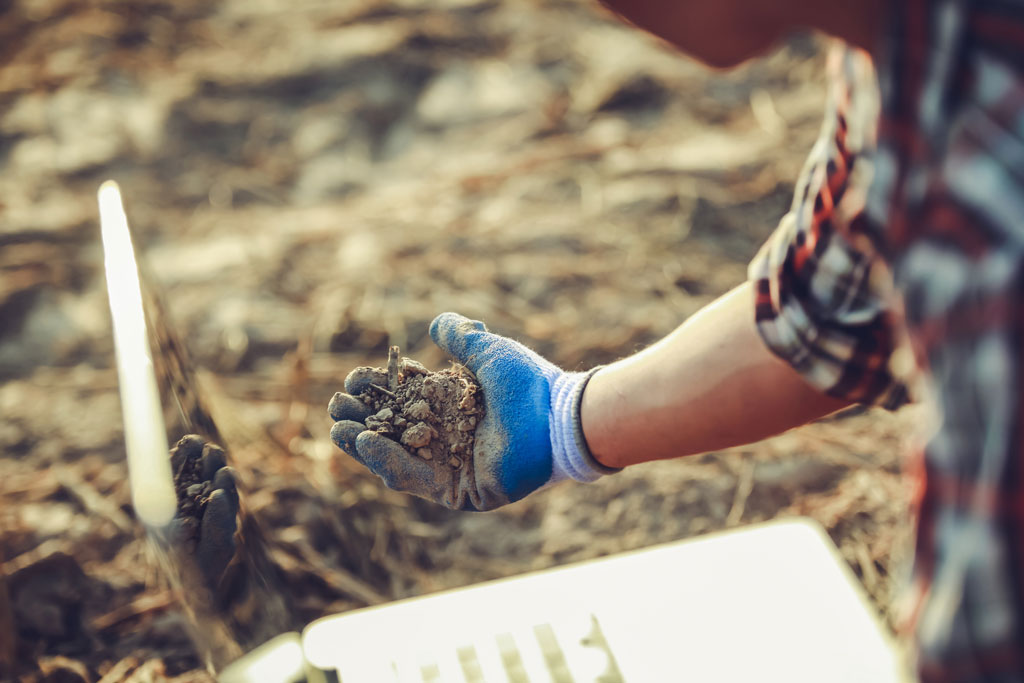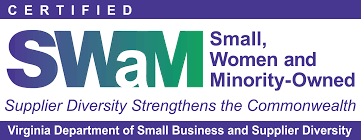Vapor Intrusion: Another Reason Due Diligence Matters
Due diligence is a critical step for any prospective property owner for multiple reasons. One of the risks is not something you can see or even smell, but rather affects the air we breathe.
If the property, or a nearby property, is or was previously operated as a dry cleaner or related to anything in manufacturing or industry, vapor intrusion is a potential underlying threat, said ONE Environmental Group Project Manager Jenny Tang. These industries are known for using chemicals in their processes that contain volatile organic compounds (VOCs).
“Historically, these chemicals were used often and routinely without many regulations on proper disposal,” she said. “The remnants of these chemicals hang around for a long time. Mishandling of them has typically resulted in the contamination of soil and groundwater. They can also vaporize and seep through surfaces. They go through cracks in building foundations, travel through networks of pipes and ultimately find their way indoors. Once indoors, these gases can accumulate to harmful concentrations. With more than 80% of our lives spent indoors, the importance of clean air is indisputable.”
Today, regulatory agencies attempt to prevent those types of contaminants from posing a health risk but determining historical use of a property is important.
ONE can identify the presence of these chemicals by scoping out a plan for due diligence. The first step is typically completion of a Phase I Environmental Site Assessment (ESA), which involves heavily researching the property’s current and historical uses as well as its surrounding area.
The results of the Phase I ESA can lead to a call for a Phase II ESA, which involves the collection of samples. If a risk of vapor intrusion is discovered or a complete vapor intrusion pathway is confirmed, the risks are calculated against regulatory standards. If concentrations are determined to exceed regulatory acceptable levels, the property owner must determine the best way to mitigate. The decision will depend on many factors, including the severity of contamination, the current use of the property, and even time.
One of the most common ways to handle vapor intrusion is to install a vapor mitigation system. A mitigation system prevents soil vapors from entering the building by either creating an active vacuum in the subsurface or by passively venting.
“We leave it to the property owner to decide the course of action,” Tang said. “We take into consideration the characteristics of the contamination and the property itself to provide a recommendation of how to eliminate the risk of vapor intrusion without sacrificing any future planned use of the property. ONE works with the property owner and the appropriate regulatory agencies to see the mitigation through.”
In North Carolina, the Dry-Cleaning Solvent Cleanup Act (DCSA) established a fund to assess and clean up contamination related to dry cleaners. Enacted in 1997, its purpose is to create a healthy environment for current and future generations. In addition, both federal and state Brownfields Programs can provide technical assistance for assessment and cleanup of a variety of contaminants. Their goal is to promote the redevelopment of contaminated and underused sites.
“You may have the responsibility to report if you find contamination, but that doesn’t necessarily mean you’re the responsible party,” Tang said. The key takeaway Tang cannot stress enough: “Do your due diligence.”


